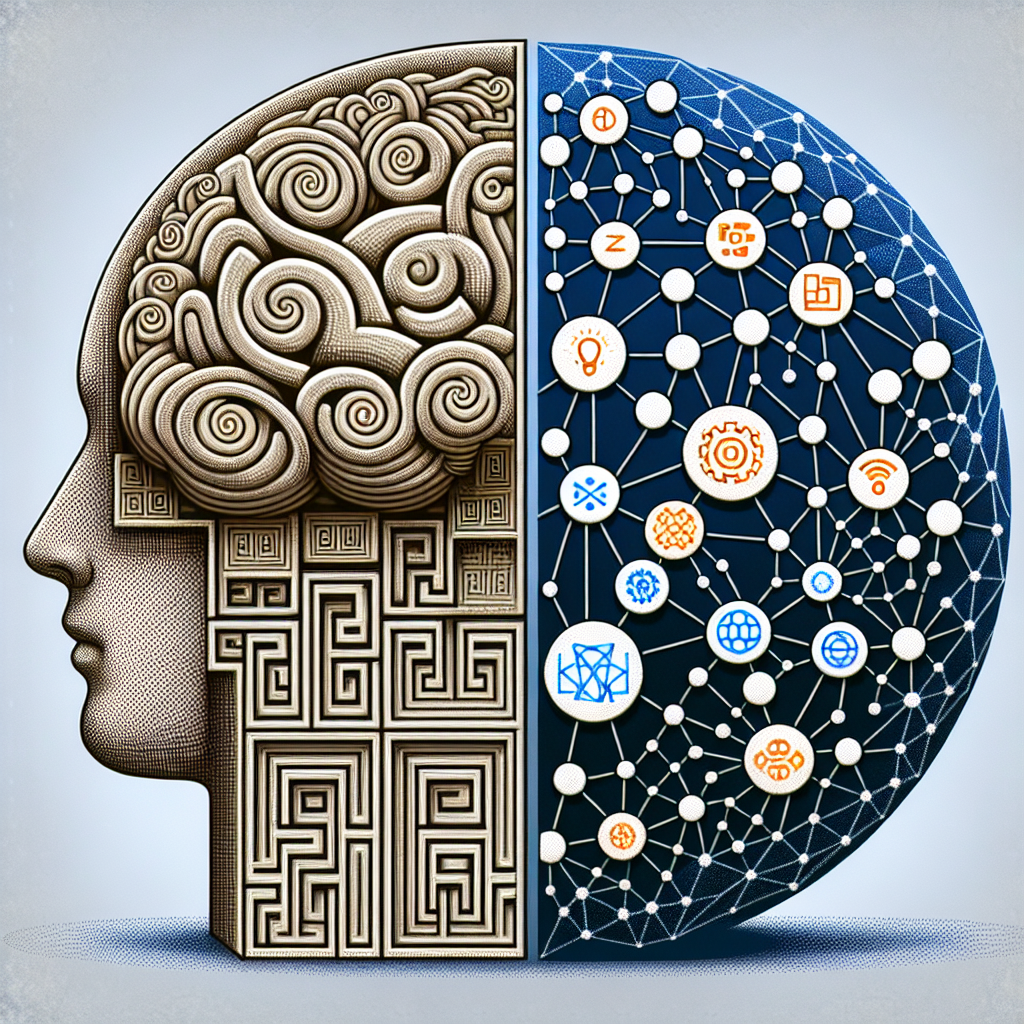The intersection of Artificial Intelligence (AI) and Internet of Things (IoT) is revolutionizing the way we live, work, and interact with technology. AI refers to the simulation of human intelligence processes by machines, whereas IoT is the interconnection of everyday devices through the internet, allowing them to send and receive data. When these two technologies converge, they create a powerful synergy that has the potential to transform industries, improve efficiency, and enhance our overall quality of life.
One of the key advantages of combining AI and IoT is the ability to collect and analyze vast amounts of data in real-time. IoT devices are constantly generating data, such as temperature, location, and usage patterns, which can be processed and analyzed by AI algorithms to extract valuable insights. This data-driven approach enables businesses to make more informed decisions, optimize processes, and improve customer experiences.
For example, in the healthcare industry, AI-powered IoT devices can monitor patients’ vital signs and alert healthcare providers of any abnormalities in real-time. This early detection can help prevent serious health complications and improve patient outcomes. In manufacturing, AI algorithms can analyze data from IoT sensors to predict equipment failures before they occur, enabling proactive maintenance and reducing downtime.
Another benefit of AI and IoT integration is the ability to automate tasks and processes that were previously manual. AI algorithms can learn from IoT data to make intelligent decisions and take actions without human intervention. This automation can lead to cost savings, increased productivity, and improved accuracy.
For instance, in smart homes, AI-powered IoT devices can learn users’ preferences and automatically adjust settings, such as temperature and lighting, to create a personalized and comfortable environment. In agriculture, IoT sensors can collect data on soil moisture levels and crop health, which AI algorithms can use to optimize watering schedules and detect diseases early on.
The combination of AI and IoT also enables the development of more advanced and sophisticated applications. AI algorithms can analyze data from multiple IoT devices to uncover complex patterns and trends that would be impossible for humans to detect manually. This deep learning approach can lead to breakthroughs in areas such as predictive maintenance, autonomous vehicles, and personalized recommendations.
In the transportation industry, AI-powered IoT devices can analyze traffic patterns, weather conditions, and driver behavior to optimize routes and reduce congestion. This data-driven approach can also improve safety by alerting drivers of potential hazards and helping them make informed decisions on the road.
Despite the many benefits of AI and IoT integration, there are also challenges and concerns that need to be addressed. One of the main challenges is data security and privacy. With the proliferation of IoT devices, there is a growing risk of data breaches and cyber-attacks. AI algorithms also raise concerns about bias and transparency in decision-making. It is essential for companies to implement robust security measures and ethical guidelines to protect sensitive data and ensure the responsible use of AI.
Another challenge is the complexity of integrating AI and IoT technologies. Many organizations struggle with interoperability issues, data silos, and the lack of standardized protocols. As a result, it is important for companies to invest in scalable and flexible infrastructure that can support the seamless integration of AI and IoT.
In conclusion, the intersection of AI and IoT holds tremendous potential to reshape industries, drive innovation, and improve our daily lives. By harnessing the power of data, automation, and advanced analytics, companies can unlock new opportunities for growth and transformation. As AI and IoT continue to evolve and mature, we can expect to see even more groundbreaking applications and use cases that will further propel the digital revolution.
FAQs:
Q: What are some examples of AI-powered IoT devices?
A: Some examples of AI-powered IoT devices include smart thermostats, connected cars, wearable health trackers, and smart home assistants like Amazon Alexa and Google Home.
Q: How can AI and IoT improve healthcare?
A: AI and IoT can improve healthcare by enabling remote patient monitoring, predictive analytics for early disease detection, personalized treatment plans, and improved operational efficiency for healthcare providers.
Q: What are the main challenges of integrating AI and IoT technologies?
A: The main challenges of integrating AI and IoT technologies include data security and privacy concerns, interoperability issues, and the complexity of managing and analyzing vast amounts of data generated by IoT devices.
Q: How can companies ensure the responsible use of AI in IoT applications?
A: Companies can ensure the responsible use of AI in IoT applications by implementing robust security measures, ethical guidelines, and transparency in decision-making processes. It is also important to regularly audit and monitor AI algorithms for bias and accuracy.

